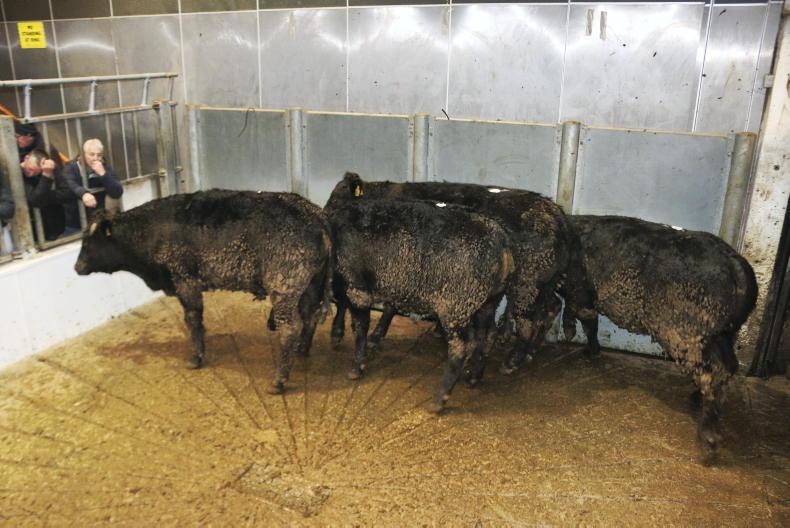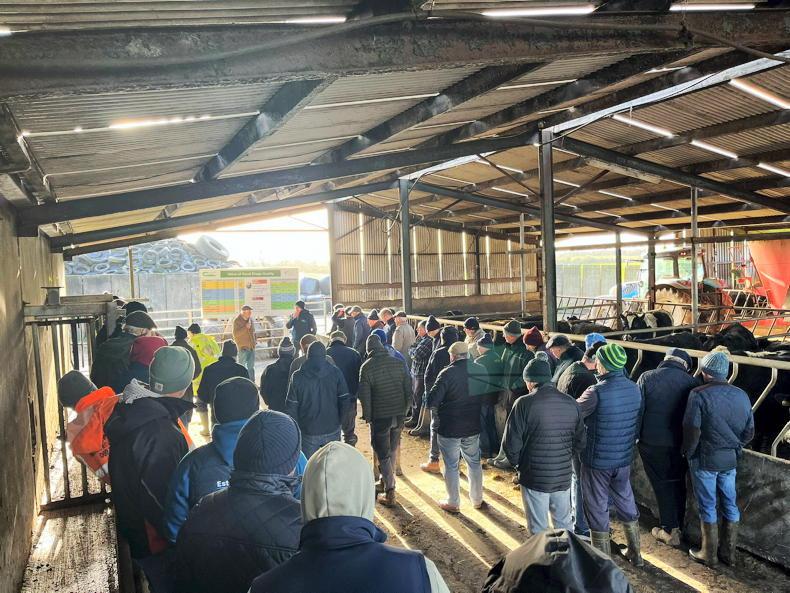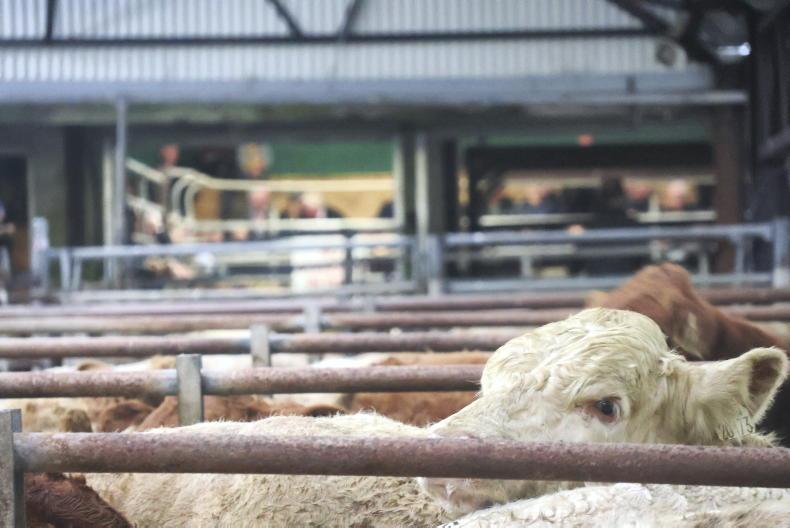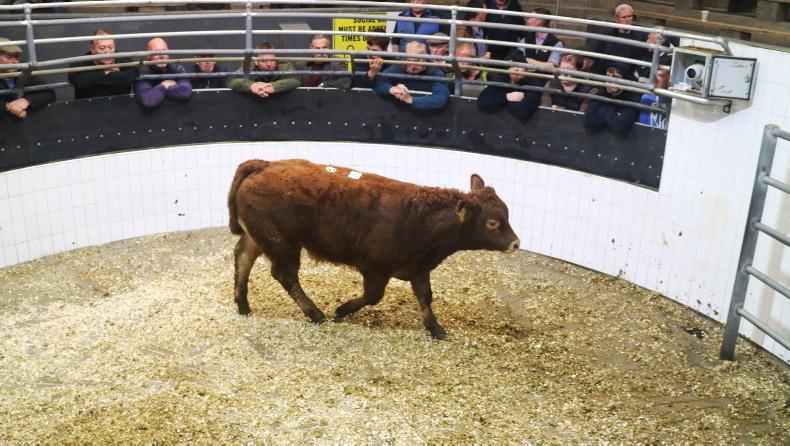As part of the research programme in Teagasc in Johnstown Castle, Teagasc researchers are currently working on a project around low-input, high-output, grass-based dairy beef systems.
Dr Ellen Fitzpatrick is working on the project and has just finished analysing the first set of results as part of the trial.
The background to the trial includes dairy-beef heifers being historically most at risk of failing to meet carcase specifications for weight, conformation score and age at slaughter.
The study also looked at the growth potential of three different swards – a perennial ryegrass sward, a clover sward (red and white) and a multispecies sward (MSS) grazed as part of the dairy-beef study.
System details
Hereford and Aberdeen Angus heifers with an average date of birth of 16 February joined the trial at 159kg.
Each pasture type had an allocated farmlet of 10ha and calves were balanced across the three pasture types. Each system was stocked at 2.5 LU/ha or 182kg of organic N/ha.
During the first grazing season, calves were fed 1kg of concentrate, along with being moved onto fresh pasture every 48 hours.
Calves were housed in November and, during the first winter, were offered ad-lib silage (from their respective grazing treatment), along with 1.25kg/day of concentrates.
Yearlings were turned back out to pasture in March the following spring and weighed fortnightly. They were drafted for slaughter at the end of the second grazing season between a 3- and 3= fat score.
Any heifers not finished off grass were housed in October and fed 4kg of concentrates along with ad-lib silage until slaughter.
Herbage production
Despite double the nitrogen application on the perennial ryegrass (150kg N/ha) versus 75kg N/ha on the clover sward and MSS swards, there were no significant differences recorded between the growth or grazing dynamics.
The perennial ryegrass sward grew 11.9t DM/ha, the clover sward grew 11.5t DM/ha, and the MSS sward grew 11.4t DM/ha.
Over the entire grazing season, the average clover content in the clover sward was 22%, while it was 21% in the MSS sward.
Despite this performance, Ellen did highlight that more research is needed to investigate the long-term persistency of clover and herb swards under Irish conditions.
She also highlighted the concern that farmers have around the lack of availability of a post-emergence herbicide for swards containing herbs.
Finishing
Some 86% of the heifers grazing the clover swards were slaughtered off grass, while the figure for the perennial ryegrass sward and MSS sward was 68% and 75% respectively.
Ellen commented that she did see a potential role for a proportion of a dairy-beef farm with MSS pastures for the calves to graze during the first grazing season, and to have clover incorporated on the remainder of the grazing area for the yearlings to graze during the second grazing season.
Total concentrates fed to each system were 287kg in the MSS system, 266kg in the clover system and 306kg in the perennial ryegrass system.
A new trial has just started in 2023, where some late maturing breeds (Belgian Blue and Limousin) have been introduced and all animals will be slaughtered at 16, 19 and 22 months of age in 2024 to assess carcase weight, conformation and fat cover.










SHARING OPTIONS